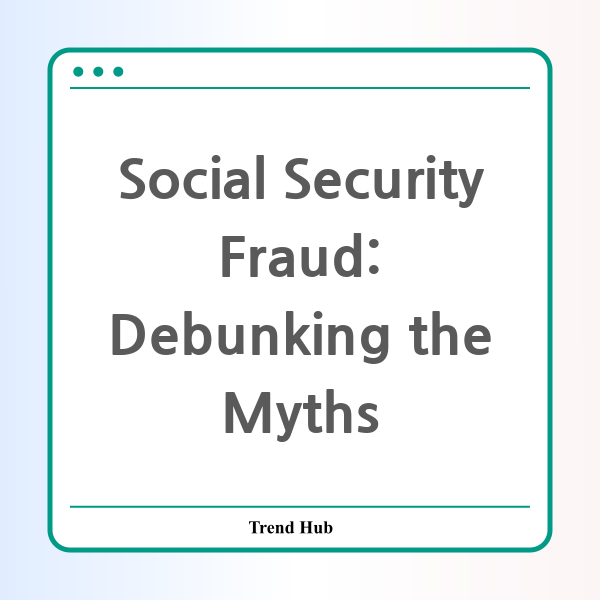* This website participates in the Amazon Affiliate Program and earns from qualifying purchases.

Are Tens of Millions of Dead People Receiving Social Security Checks?
In recent days, claims have emerged suggesting that large numbers of deceased individuals, some allegedly over 100 years old, are receiving Social Security checks. These statements have sparked concern and controversy, leading many to wonder just how prevalent Social Security fraud really is.
The Facts Behind the Claims
The Trump administration and influential figures like Elon Musk have made sensational claims about Social Security payments being issued to deceased individuals, often citing exaggerated figures of fraud. However, an investigation into the matter reveals that the situation is not as dire as presented.
According to data from the Social Security Administration (SSA), improper payments from Social Security from fiscal years 2015 through 2022 amounted to less than 1% of the total benefits paid out, which is approximately $71.8 billion out of almost $8.6 trillion. Most of these improper payments were errors involving overpayments to living individuals, rather than deceased ones.
Understanding the Software Issues
A significant factor contributing to the confusion is the SSA's outdated software system. This system, based on the COBOL programming language, sometimes defaults entries with missing or incomplete birthdates to an incorrect reference point from over 150 years ago. As a result, the software may inaccurately suggest that individuals listed in the SSA's database are over 100 years old, causing the misinformation to spread.
Furthermore, reports indicate that the SSA has not updated its database to accurately reflect death information, keeping around 18.9 million Social Security numbers attributed to individuals born in 1920 or earlier unmarked as deceased. However, it is crucial to note that this does not imply that these individuals are receiving benefits.
The Reality of Social Security Payments
Statistics show that the SSA automatically ceases payments to individuals who reach the age of 115. So, while there may be discrepancies in the system, the assertion that tens of millions of deceased individuals are receiving benefits is misleading.
Concerns Over Misinformation
Experts warn that the sensational claims about Social Security fraud may lead the public to misconstrue the financial issues facing the program. Such misinformation can give the false impression that resolving these problems is as simple as rooting out fraudulent payments, overlooking the complex reforms needed for Social Security's long-term solvency.
Officials from the White House and various economists emphasize that while it is essential to minimize improper payments, the focus should also be on the broader context of Social Security's financial health.
The Path Forward
As discussions around Social Security continue, it is vital to distinguish between legitimate fraud cases and exaggerated claims. Efforts to improve software systems and update databases will be beneficial, but they should be viewed as part of a more extensive set of reforms needed to maintain the program's viability for future generations. While the issue of improper payments cannot be ignored, it is crucial to understand that the complexities of Social Security require comprehensive, well-informed solutions.
In this era of misinformation, verifying claims and focusing on factual data is essential for the future of Social Security and for ensuring that benefits are protected for those who genuinely need them.
* This website participates in the Amazon Affiliate Program and earns from qualifying purchases.